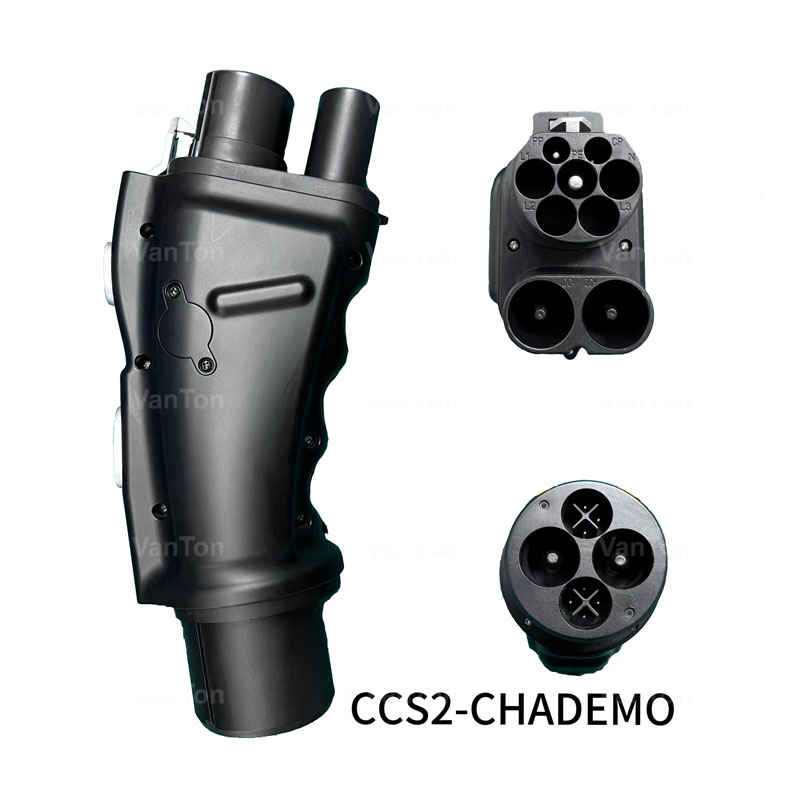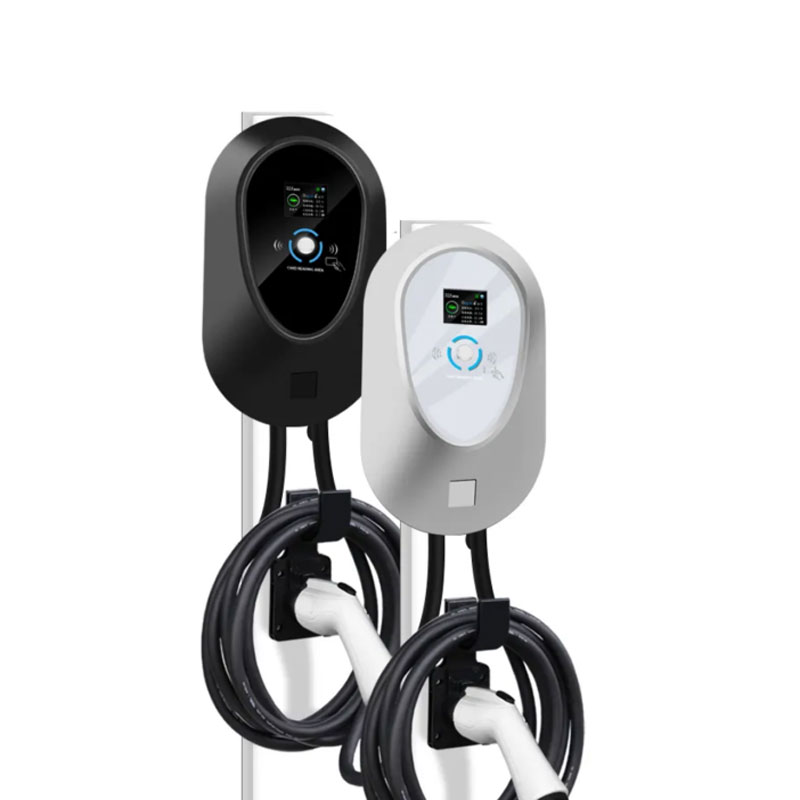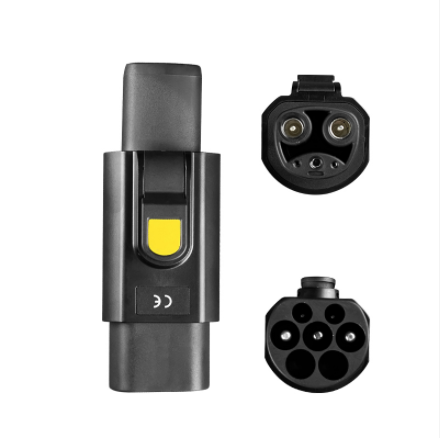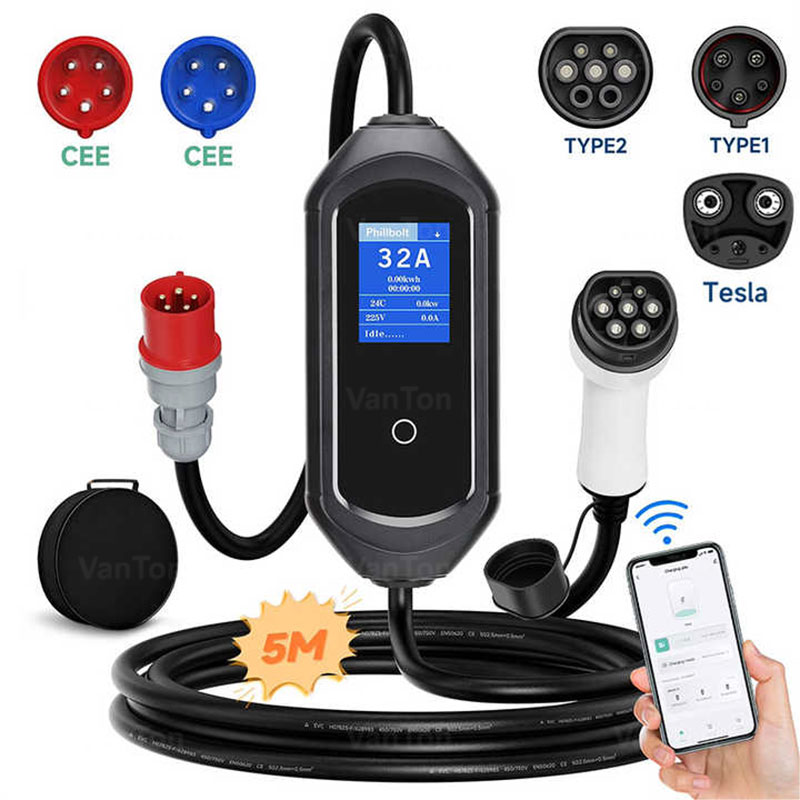What Are the Different Types of EV Chargers?
With the rapid rise of electric vehicles (EVs), understanding the different types of EV chargers has become essential for homeowners, businesses, and fleet operators. Choosing the right charging solution impacts not only charging speed but also long-term efficiency, safety, and cost-effectiveness.
What Are EV Chargers and Why Are They Important?
An electric vehicle charger is a device that supplies electric power to recharge EV batteries. Unlike traditional vehicles that rely on fuel, EVs require a stable and efficient charging system to ensure reliable performance and driving range. As EV adoption accelerates globally, having a deep understanding of EV chargers helps consumers, businesses, and policymakers make informed decisions about infrastructure and investment.
Why EV Chargers Matter
-
Convenience – The right charger reduces downtime and maximizes your EV’s usability.
-
Efficiency – Faster charging solutions improve turnaround time, especially for fleets.
-
Cost Management – Selecting the right charger lowers long-term operating costs.
-
Sustainability – Smart chargers integrate with renewable energy sources to reduce carbon emissions.
In short, EV chargers are not just accessories—they are critical infrastructure shaping the future of transportation.
The Different Types of EV Chargers
EV chargers are categorized based on their charging levels and connector types. Globally, three main levels dominate the market: Level 1, Level 2, and DC Fast Charging (Level 3). Let’s break them down in detail.
A. Level 1 Chargers
-
Power Output: 120V AC
-
Charging Speed: 2–5 miles of range per hour
-
Best For: Home use, overnight charging
-
Installation Cost: Minimal — often included with the EV
-
Use Case: Ideal for drivers with short commutes or low daily mileage
Level 1 chargers plug directly into a standard household outlet. While slow, they are cost-effective and convenient for light users.
B. Level 2 Chargers
-
Power Output: 208V–240V AC
-
Charging Speed: 10–60 miles of range per hour
-
Best For: Residential, commercial, and workplace charging
-
Installation Cost: Moderate — requires professional installation
-
Use Case: Suitable for daily EV drivers, businesses, and apartment complexes
Level 2 chargers are the most popular choice due to their balance of speed and cost. They work well for both homes and public charging stations.
C. DC Fast Chargers (Level 3)
-
Power Output: 400V–900V DC
-
Charging Speed: 60–250+ miles of range in 20–40 minutes
-
Best For: Highways, public charging networks, and commercial fleets
-
Installation Cost: High — requires specialized infrastructure
-
Use Case: Ideal for long-distance travel and high-demand environments
DC fast chargers bypass the EV’s onboard converter and deliver direct current to the battery, enabling ultra-fast charging.
D. Comparison Table of EV Chargers
| Type | Voltage | Charging Speed | Charging Time | Best For | Installation Cost |
|---|---|---|---|---|---|
| Level 1 | 120V AC | 2–5 miles/hour | 12–24 hours | Home users with short commutes | Low |
| Level 2 | 208–240V AC | 10–60 miles/hour | 4–8 hours | Daily drivers & workplaces | Medium |
| DC Fast (L3) | 400–900V DC | 60–250+ miles/30 mins | 20–40 minutes | Highways, fleets, public | High |
E. Connector Types You Should Know
EV chargers also differ by connector compatibility. Here are the most common:
-
J1772 (Type 1) – Standard for most EVs in North America.
-
CCS (Combined Charging System) – Supports both AC and DC fast charging.
-
CHAdeMO – Popular for some Asian EV brands; widely used in Japan.
-
Type 2 (Mennekes) – Common in Europe; supports higher power levels.
-
Tesla Connector – Exclusive to Tesla but adapters are available.
Choosing the correct connector ensures your EV charges efficiently and safely.
How to Choose the Right EV Charger
Selecting an EV charger depends on your driving habits, budget, and infrastructure. Here are the key factors to consider:
A. Assess Your Daily Driving Needs
-
Low Mileage (<30 miles/day): A Level 1 charger may suffice.
-
Moderate Mileage (30–80 miles/day): Level 2 is the best fit.
-
High Mileage (>100 miles/day): Opt for Level 2 or DC fast charging.
B. Evaluate Your Installation Environment
-
Home Charging: Check electrical capacity and outlet availability.
-
Commercial Sites: Ensure compatibility with multiple EV models.
-
Fleet Operations: Consider installing a mix of Level 2 and DC fast chargers.
C. Consider Smart Charging Features
-
Wi-Fi Connectivity – Monitor charging status remotely.
-
Load Balancing – Optimize power distribution among multiple chargers.
-
Renewable Integration – Use solar or wind energy for sustainable charging.
D. Future-Proofing Your Investment
With EV technology evolving rapidly, choose chargers compatible with upcoming standards and higher battery capacities.
Frequently Asked Questions (FAQs)
Q1: What are the different types of EV chargers available today?
A: EV chargers fall into three main categories:
-
Level 1: Slow, cost-effective, best for overnight home charging.
-
Level 2: Faster, versatile, and ideal for homes, offices, and public spaces.
-
DC Fast Charging (Level 3): Ultra-fast, perfect for highways and fleets.
Q2: Which EV charger is best for long-distance travel?
A: DC fast chargers are best suited for long-distance trips. They deliver up to 250+ miles of range in under 40 minutes, making them the top choice for highways and major travel corridors. However, availability and compatibility should be checked beforehand.
The shift toward electric vehicles has created an urgent need for efficient, reliable, and future-ready EV chargers. Whether you're an individual EV owner, a business planning to support employees, or a fleet operator, understanding the different types of EV chargers is the first step toward smarter energy management.
VanTon offers a complete range of high-performance EV chargers designed for homes, businesses, and commercial networks. Our products deliver superior charging speeds, safety, and compatibility across major EV models.
If you’re ready to upgrade your charging experience or set up an EV infrastructure for your business, contact us today to explore the best solutions tailored to your needs.
- Are EV Charging Adapters Safe for Daily Use
- Which DC EV charger helps me win more drivers and profit sooner?
- What Makes A DC EV Fast Charging Project Actually Work?
- What did I learn when a DC fast charger became part of my everyday business?<
- How fast is a DC EV charger?
- What Makes the GBT to Tesla Adapter a Game-Changer for EV Charging?














